The U.S. Air Force has confirmed the arrival of a second B-21 Raider test aircraft at Edwards Air Force Base, California.
According to the U.S. Air Force, the addition of a second airframe expands the scope of testing beyond basic flight performance checks to include mission systems and weapons integration trials.
Secretary of the Air Force Troy Meink said: “With the arrival of the second B-21 Raider, our flight test campaign gains substantial momentum. We can now expedite critical evaluations of mission systems and weapons capabilities, directly supporting the strategic deterrence and combat effectiveness envisioned for this aircraft.”
The Air Force Chief of Staff, Gen. David Allvin, described the development as key to accelerating progress. “The addition of a second B-21 to the flight test program accelerates the path to fielding. By having more assets in the test environment, we bring this capability to our warfighters faster, demonstrating the urgency with which we’re tackling modernisation.”
Alongside the expanded test programme, the service said maintainers at Edwards are gaining early experience with sustainment operations, including the use of maintenance tools, technical data, and logistical processes that will underpin future squadrons.
The Air Force also confirmed that fiscal year 2026 will see major construction efforts at all three designated B-21 operating bases. Ellsworth Air Force Base in South Dakota, the first to host operational Raiders, is already progressing on infrastructure projects intended to ensure readiness.
Gen. Allvin added: “The B-21 Raider program represents a cornerstone of our strategic nuclear modernization. The concurrent efforts in testing, sustainment preparation and infrastructure investments clearly illustrate our commitment to providing unmatched capabilities to deter and defeat threats well into the future.”
Developed with Northrop Grumman under the Air Force Rapid Capabilities Office, the B-21 is intended to deliver both conventional and nuclear payloads. The programme is currently conducting flight and ground testing while moving into low-rate initial production, according to the service.


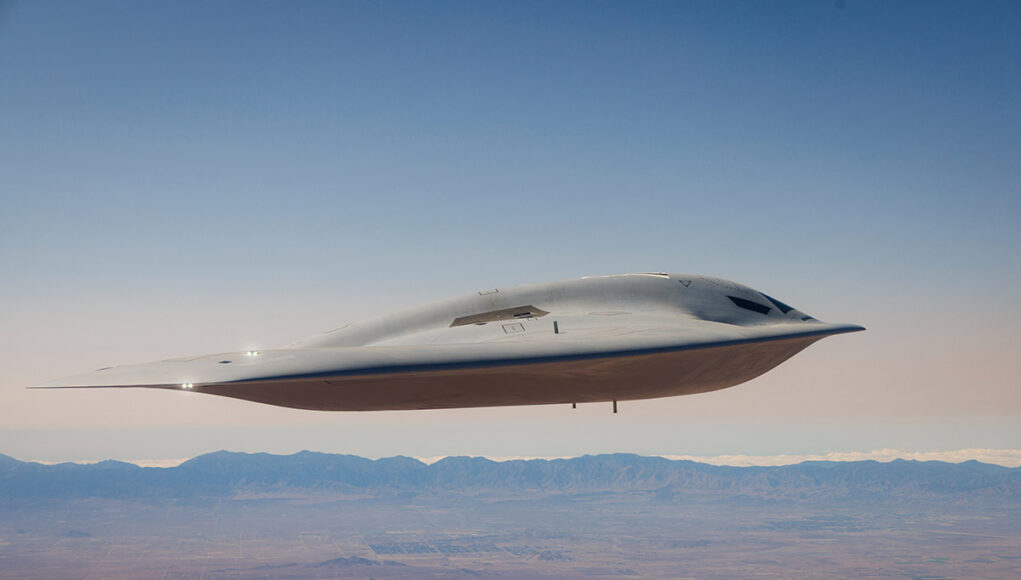



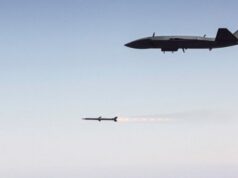
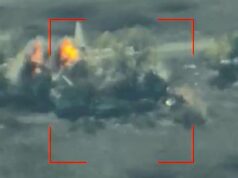
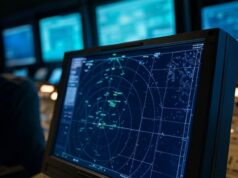
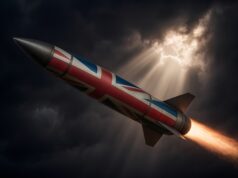
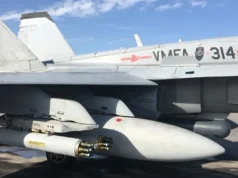

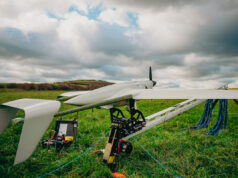

Before someone rushes to say it’s outrageous that the RAF hasn’t ordered a squadron of B-21s, the cost would be $700 million… each!! 🫣
Agreed. Pie in the sky fantasy fleets.
We could start a research programme to see whether in the fullness of time, given budgetry restictions and after due consideration we could afford ONE !!
To be brutally honest, do we need an aircraft that can penetrate deeply through an enemy’s air defences? Or is there a cheaper way to lob stand-off missiles at long distance targets, where the weapons do most of the work? In essence, I feel if the UK requires a strategic bomber, then an aircraft which has a large payload and has reduced a radar and thermal signature, would be good enough, especially as it would be significantly cheaper.
The B21 is smaller than the B2. It has been speculated that it can carry about half the payload of the B2. The B2 has been reported to be capable of carrying between 40,000 and 60,000lbs (18,000kg to 27,000kg) of ordinance. But if the B2 can carry two GBU-57 (MOPs), which are classed as 30,000-pound (14,000 kg), 20.5 ft (6.2 m) long weapons, perhaps the higher figure is the correct one. The B21 is said to be only capable of carrying one.
Could a platform be built for the UK, that could carry long range stand-off weapons such as MBDA’s TP-15 and RJ10 (Stratus-LO and Stratus-RS)? Yes, fairly easily I believe, which also included a large internal weapons bay or two. You could build off the Vulcan’s design, where it was modified to incorporate new engines, engine intake fences/screens, a thermal exhaust shield, a V-tail and other changes to reduce the radar cross section (RCS) and thermal signature, but a newer design would be much more efficient. Especially if it was based on a blended wing body (BWB) shape. An example could be based on the Airbus Maverick, which Airbus say should have a 20% better fuel efficiency over a conventional bodied aircraft.
A BWB shape has a naturally low RCS. It can be improved on by making sure there are no right angled joints or structures, such as tail fins. Having the current model’s tail fins incorporated into the wing tips would help massively. Further measures such as using radar absorbent material (RAM) on the skin, would further reduce it. But also replacing the twin “fans” with a strip of smaller engines, as shown with their Maverick ZEROe concept. Would hide the engine faces from ground based radar, but also hide the exhaust thermal signature to a degree as well. The deep and wide body, would be ideal for a weapons bay or two. Where if the bay was at least 7.7m long, then there would be size compatibility with weapons that fit the strike length Mk41 VLS. Which is a rough guesstimate on the limits of how long TP15 and RJ10 will need to be. The depth of the weapons bay, would allow it to hold a good number of long range weapons, perhaps similar to the B2, e.g. 16 x JASSMs.
The BWB “bomber” would be a strategic asset, as it does not need to attack a location directly, plus the BWB shape will allow it to carry a lot of fuel, so its unrefuelled range will be comparable to the B2. The design would allow it to approach an enemy’s air defences and get reasonably close, without fear of being targeted. Thereby helping to extend the reach of the weapons. But by using long range stand-off weapons, it can attack from a unexpected direction. Additionally this design of aircraft would make a great air-tanker. I think this aircraft would complement the B21 in much the same way that the USAF is expecting the B52 to do. But it could also be something other “friendly” countries would like, who’d bulk at the cost of a B21!
Hi Davey.
I’ve no doubt Britain could design and build it.
But when politics and industrial priorities ( read massive profits at tax payers expense ) are added it’d cost a fortune.
When do we here ever look at a UK built bit of kit and think, wow, how cheap, efficient, and value for money is that?!
I can think of one, Supacat.
Also, I’d read the cancelled FOAS to PROPERLY replace Tornado GR4 was looking at blended wing body options and other stealth types.
I now it’s pie in the sky. But wouldn’t it be great if we did have a strategic bomber as I described? Do you know any Billionaires who fancy a punt on a new project?
I do wonder what would have come out of the Replica program? Was it purely a demonstrator or was it the direction BAe at the time were looking for the Tornado replacement? Weirdly I see a lot of similarities between Replica and the Euro SCAF program design.
Supacat is one of those Companies, that seems to have come from obscurity, then overnight delivered a major program and is now a significant player, much like Accuracy International. I believe getting the SF order to replace the Pinkies, pretty much put them on the map. One of the oddest things I saw, was a HMT 4×4 being disgorged from the back of a Chinook in Iraq. I think you could just about get a wafer thin mint down the sides.
I was of course being ironic as I can’t see us buying an extra Typhoon, never mind a B21. For all that your reply was really interesting and if we ever get (?) a government who want to spend for the future your points are valid.
Yes Minister😳
Well I think It’s outrageous that the RAF hasn’t ordered a squadron of B21’s.
genuinely made me laugh out loud
How much would cost us to develop
regional bomber just for curiosity sake
Twice bomb load typhoon 5000 mile range
Vulcan mk2
Simple answer is way too much 🙄
I reckon about £16.34p.
That should cover the Polystyrene and rubber bands and a few lines of babble in the Daily Mail.
Don’t forget kettle and toaster
Always needed